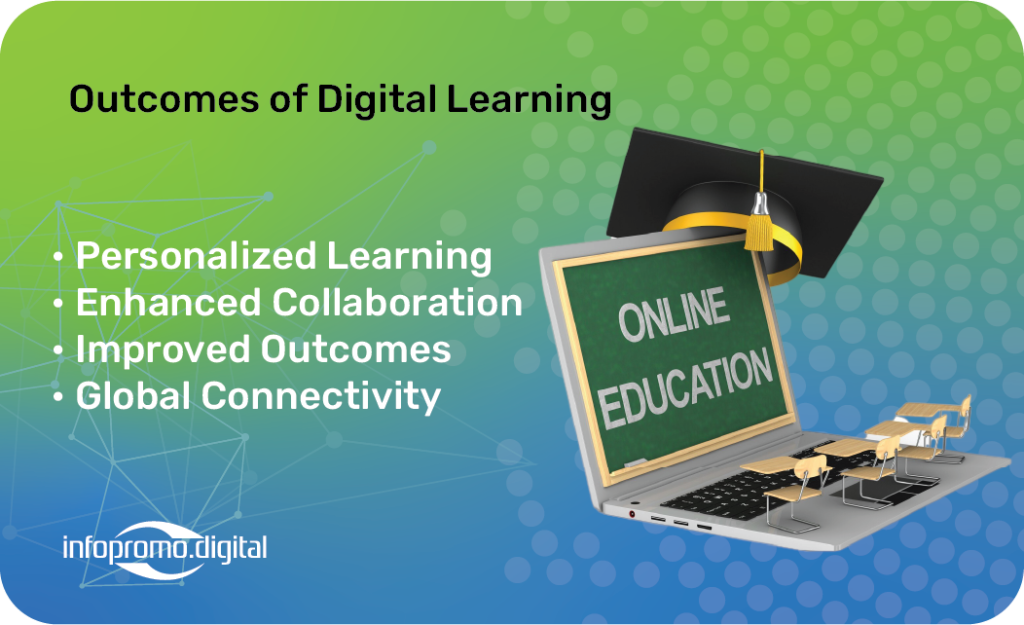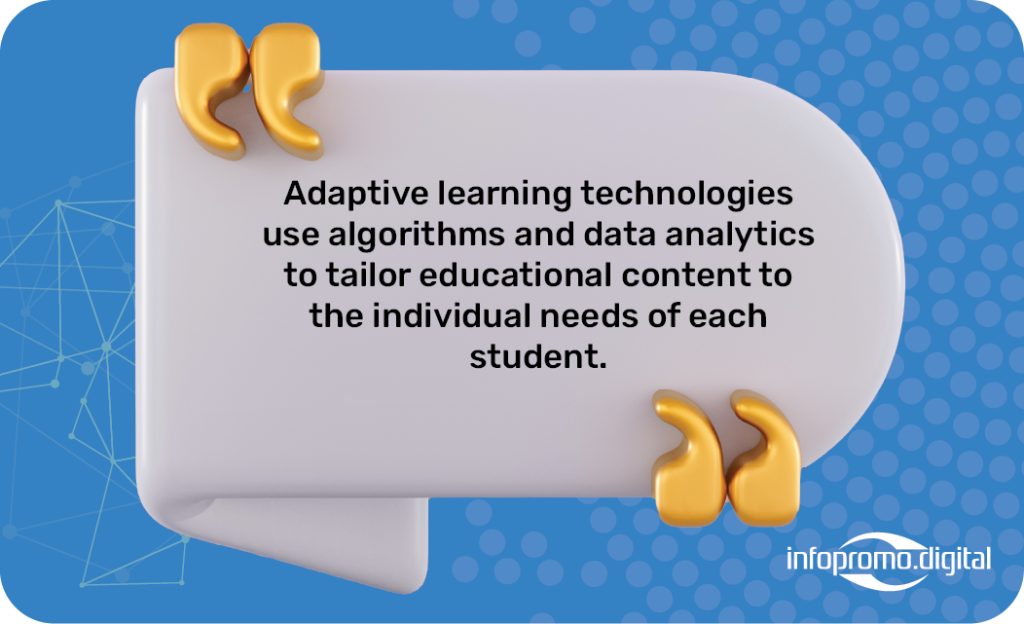The education landscape is undergoing a significant transformation with the integration of adaptive learning technologies and digital communication tools. These innovations are reshaping how educators teach and how students learn, creating more personalized and engaging educational experiences. This blog explores how these technologies are revolutionizing education, the benefits they offer, and the future of learning in a digitally connected world.

The Rise of Adaptive Learning Technologies Adaptive learning technologies use algorithms and data analytics to tailor educational content to the individual needs of each student. These systems continuously assess students’ progress and adjust the difficulty and type of content accordingly. This personalized approach ensures that students receive the right level of challenge and support, enhancing their learning outcomes.
Benefits of Adaptive Learning
- Personalized Learning Experience: Adaptive technologies cater to the unique learning styles and paces of students, ensuring that they remain engaged and motivated.
- Improved Learning Outcomes: By providing customized feedback and resources, adaptive learning helps students understand concepts better and retain information longer.
- Data-Driven Insights: Educators can access detailed reports on student performance, allowing them to identify areas of improvement and adjust their teaching strategies.
Digital Communication Tools in Education Digital communication tools such as video conferencing, instant messaging, and collaborative platforms are becoming integral parts of the educational process. These tools facilitate seamless interaction between students and educators, making learning more interactive and accessible.
Enhancing Collaboration and Engagement Digital communication tools enhance collaboration among students, enabling them to work on group projects and share ideas effortlessly. Features like discussion boards and real-time feedback create a dynamic learning environment, fostering a sense of community and engagement.

Breaking Down Geographical Barriers One of the most significant advantages of digital communication tools is their ability to connect learners and educators from different geographical locations. This global connectivity opens up new opportunities for cross-cultural exchanges and access to diverse perspectives, enriching the educational experience.
The Future of Education The integration of adaptive learning technologies and digital communication tools is set to continue transforming education. As these technologies evolve, they will offer even more sophisticated and immersive learning experiences. The future of education lies in creating a seamless blend of personalized content and interactive communication, ensuring that students are well-equipped to thrive in a digital world.
Conclusion The convergence of adaptive learning technologies and digital communication tools is reshaping the education landscape, making learning more personalized, interactive, and accessible. By embracing these innovations, educators can enhance student engagement and outcomes, paving the way for a brighter future in education. The digital revolution in education is here, and it’s transforming how we teach and learn.




